Best Food from Honduras – Top 10 Dishes you have to try!
Honduras is a country located in Central America, bordered by Guatemala, El Salvador, and Nicaragua. The culinary traditions of Honduras are a mix of indigenous, European (Spanish), and African influences. The most common staples in the Honduran diet include beans, tortillas, rice, plantains, yams, and chicken.
Today I will present to you the 10 most popular dishes that you have to try when you’re in Honduras!
Baleadas

Baleadas are one of the most representative dishes of Honduras. They are wheat flour tortillas that can be filled with cheese and beans, avocado and egg, depending on the area where they are made. There are simple ones, composed with traditional filling and mixed ones with extra ingredients added.
According to connoisseurs, baleadas have their origin in the area of La Ceiba in the Caribbean coastal plain. Apparently, they are the result of the adaptation of an Asian dish, although records indicate that it dates back to the 20th century.
Baleadas owe their particular name to an analogy, as popularly believed. The beans together with the tortillas resemble bullets and a cartridge, respectively, while the gunpowder is represented by cheese.
Baleadas can be eaten for breakfast, lunch, or dinner.
Salpicón

Salpicón is one of the most appetizing dishes in Honduras. Of Andalusian origin, it is a voluminous salad, which can be served as a side dish or main course. The dish is made with shredded beef, tomatoes, onions, and cilantro.
The beef is cooked slowly until tender. During cooking, sweet chili, tomatoes, cilantro, onions, and garlic are added. It is then seasoned with salt and pepper while it cools. Then it is shredded, onion pieces are added and a combination of finely chopped sweet and spicy chili peppers. Finally, orange juice, salt, and pepper are added.
It is usually served with white rice and beans, vegetables or tortillas. The resulting broth from the meat is often used to prepare a soup. As with most salads, the best way to enjoy it is cold, however, many prefer to eat it at room temperature.
Nacatamales
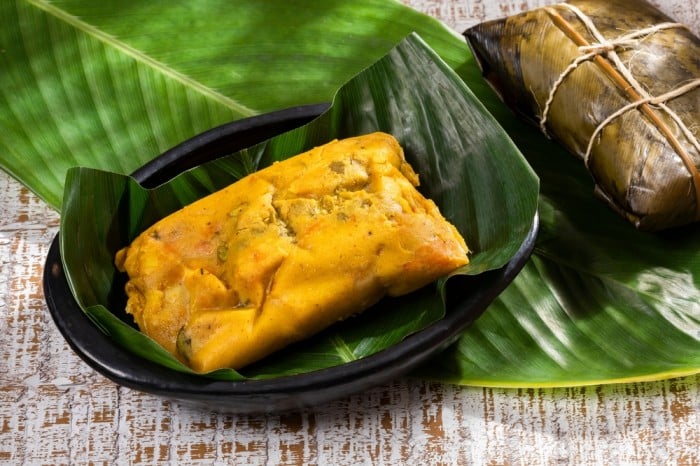
Nacatamales is a type of tamale that is made with masa (corn dough), meat, and vegetables. It is wrapped in banana leaves and boiled.
Another aspect to consider for a successful preparation is the consistency of the dough, which must be soft. Ingredients such as coriander are added to the dough to give it a greenish tone. In Honduras, as a custom, this dish is made with the family. It is the perfect excuse for long meetings with loved ones.
Regarding the stuffing, it can be chicken (the most common)or pork. Some people add diced potatoes and carrots cut into small cubes. Depending on the region, it can even include rice.
Experts say that nacatamales have their origin in the pre-Hispanic culture. They indicate that the first Hondurans elaborated them in their ceremonies. Although they are consumed throughout the year, there is a certain predilection for preparing them in December as part of the Christmas and New Year’s festivities.
Pollo Chuco
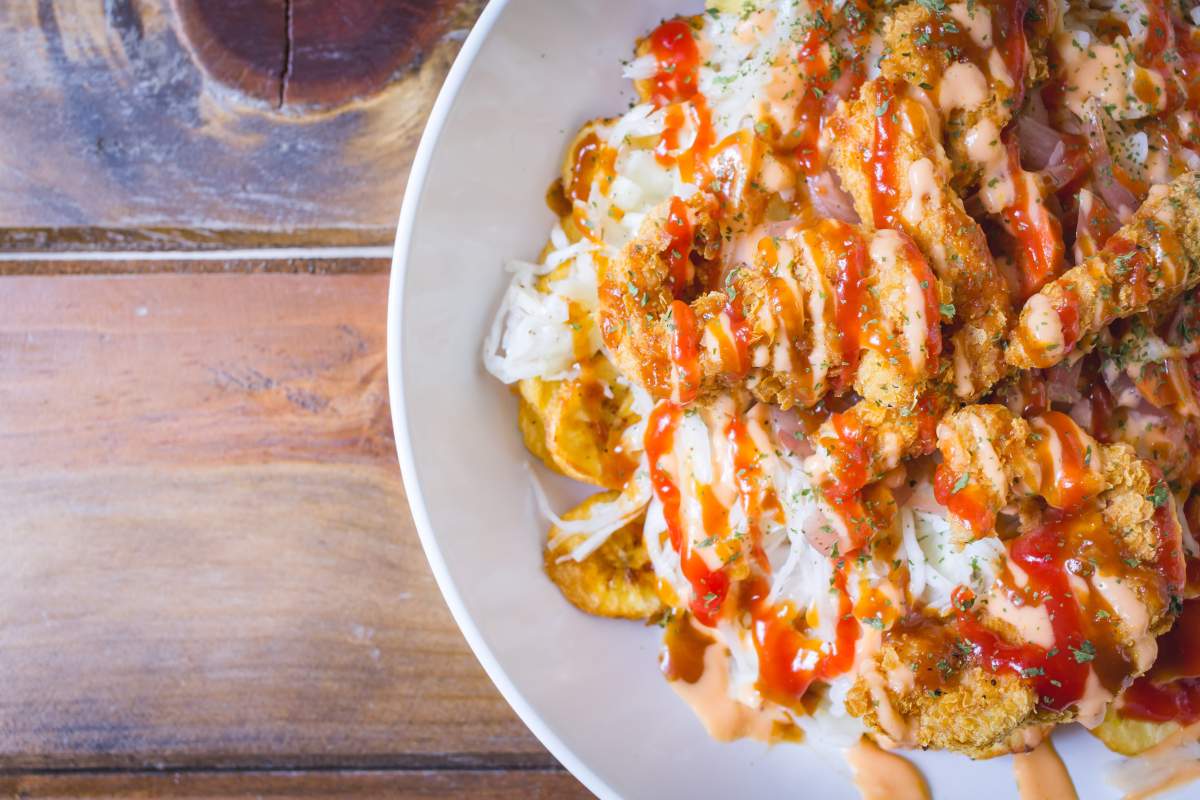
Pollo chuco is a dish that reflects the culinary goodness of Honduras. The chicken is the protagonist of this dish that includes fried plantains in slices and french fries, which are fried in the same oil where the chicken is prepared so that they absorb its flavor.
Finally, salsa can be added, according to taste, or cheese. Besides being one of the most affordable meals, it is perfect for lunch or dinner accompanied by the famous catrachos. Other options are: cabbage and tomato salad or rice.
Pollo con tajadas, as it is also called, comes from San Pedro de Sula, one of the largest and most populated cities in Honduras. It is said that the inhabitants of the most popular areas of this city used to go out at noon or in the evening hours to fry the chicken on a gas stove.
On January 18, Honduras celebrates National Pollo Chuco Day. As you can see, this dish is a real celebrity in the Central American country.
Catrachas

When it comes to fast food, catrachas are among the most popular in Honduras. Its strong roots are due to the fact that, firstly, they are made with local products and secondly, the name comes from catracho, the name by which Hondurans are known.
Its preparation is simple and quick, it basically only requires a corn tortilla and beans. It is said, that beans from the day before have a better, more intense flavor. The tortillas are fried until golden brown, similar to nachos.
Then, the beans are fried and mashed to make a cream with which the tortilla is filled. Finally, grated smoked cheese is added and it is ready to serve. Of course there are variations in which the smoked cheese is replaced by melted yellow cheddar.
If you prefer them spicy, add jalapeño and red chili peppers, as well as red onion, salt and pepper to taste. The tortillas are fried in butter or vegetable oil. Other versions include avocado or chicharrón with the sauce of choice.
Catrachas are especially popular in the tourist areas of Honduras. They are also a favorite on Honduran tables on holidays such as Mother’s Day or Children’s Day, for example.
Honduran Enchiladas
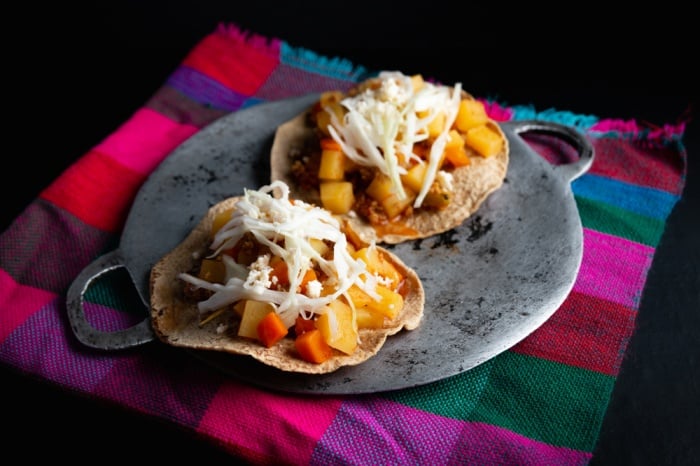
Honduran enchiladas are an excellent option for lunch because of their versatility. You can literally add the topping of your choice such as grilled beef or pork, along with cabbage, tomato, lettuce, or whatever vegetables you like.
The origin of this dish dates back to the pre-Columbian era when it was the fundamental food base of the indigenous people.
Nowadays, it is possible to find enchiladas in any part of the Honduran territory, from restaurants, where the white cheese is generally replaced by Parmesan cheese, which gives it a gourmet touch, to street vendors. According to taste, it is possible to customize them by adding chili peppers or homemade tomato sauce.
Enchiladas, which can be eaten at any time of the year, can be adapted to the consumer’s nutritional needs. In case you have to comply with a dietary regimen, simply eliminate beef or pork and include grilled chicken breast, for example.
Sopa De Caracol

Sopa de caracol is a traditional Honduran soup made with snail, yams, potatoes, onions, garlic, and cilantro. It is often served with rice and beans or tortillas.
Its preparation does not require great skills, but it is necessary to follow the recipe to the letter because overcooking the snail results in hard and difficult to ingest meat.
In its preparation, the snail meat must be soft and tender. Yucca, plantain, cilantro, peppers, and tomatoes are added to give it a reddish color. Coconut milk is also added, an ingredient that gives sweet flavor and creaminess.
Snail soup has its origins in the northern coastal area of Honduras, where it is consumed throughout the year. The secret to enhancing its flavor is to fry the snail with onion and garlic in coconut oil.
Tapado Olancho
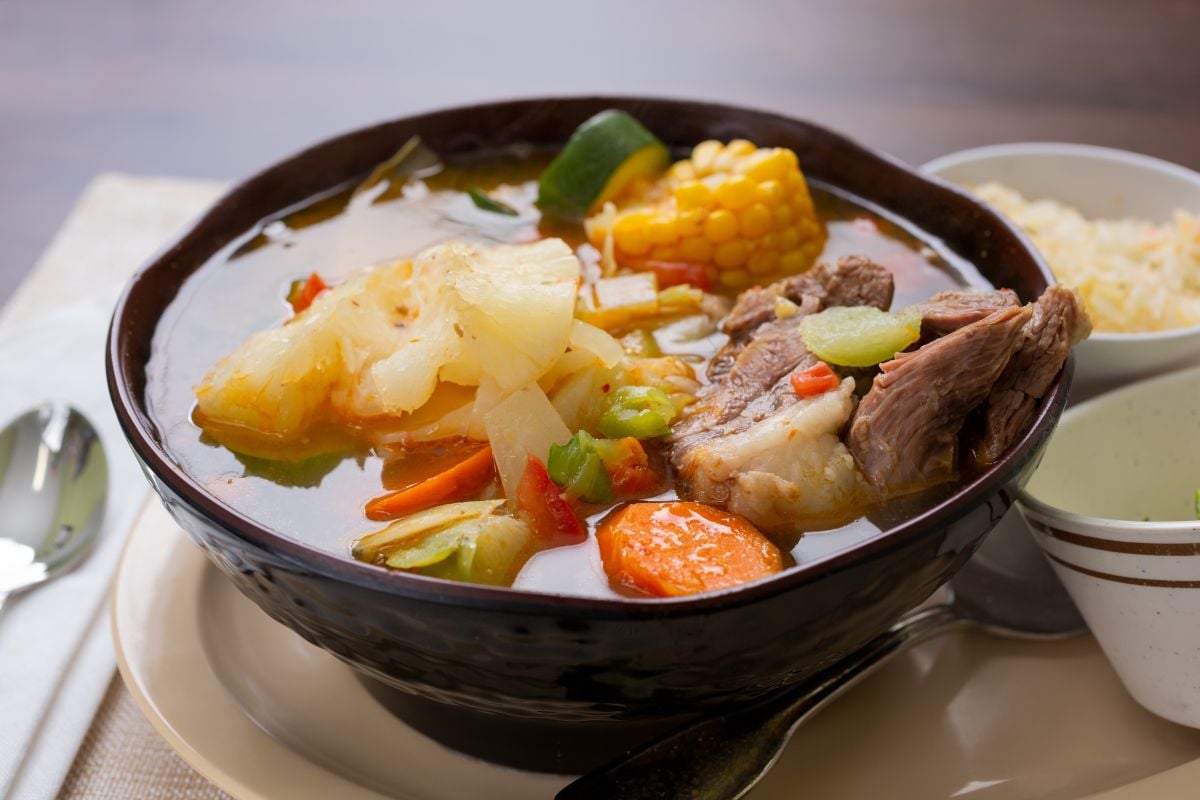
From the east of Honduras comes one of its most representative foods: tapado de Olancho. It is composed of different types of desalted and shredded meats.
To prepare this dish, originally from the department of Olancho, the vegetables are fried, then the desalted and shredded meat is added with a little water to cook until it softens. Once ready, the meat broth is used to make the Olancho soup. Coconut milk can be added to the broth for a softer and firmer texture.
This dish, which is typically accompanied by yucca and plantain, was born thanks to the imagination of a housewife, who decided to combine various dishes, resulting in the famous Tapado de Olancho, one of the Honduran culinary references.
To recognize when the tapado is ready, it is enough to notice the texture of the vegetables, especially the plantain. If they are soft, then they can be served. As a garnish, some finely chopped coriander can be added.
Chicken soup
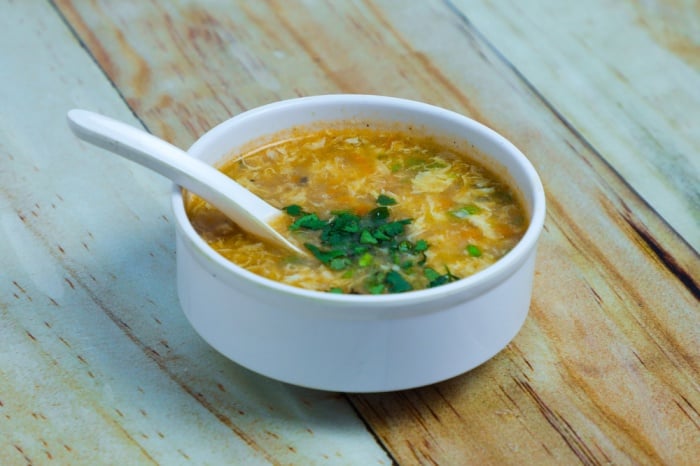
The popularity of chicken soup in Honduras is due to its regenerative and healing properties. The locals assure that it is the best natural and tasty option to recover from colds and strengthen the body.
For its preparation, many people add rice together with the vegetables, which adds thickness to the soup as well as extra nutrients. Among the vegetables, the most commonly used are carrots, potatoes and green plantains. Cilantro is usually added to increase the aroma and flavor.
In Honduras this dish is considered one of the healthiest thanks to the chicken. It is raised in the countryside and no hormones are applied to it. It is fed naturally, which is why it is a nutritious source of food that is highly regarded by Hondurans.
Mangos En Miel
Mangos en miel is a typical Honduran dessert that is mostly enjoyed during Holy Week. It is a simple but delicious preparation. The mango used for its preparation is called Camulianes.
Despite its simplicity, this dessert requires a lot of patience, as it is cooked over low heat. After a couple of hours approximately, you can enjoy this tasty sweet.
Mangoes in honey are an inheritance of the Spanish cuisine that arrived in Honduras more than 500 years ago. In spite of its name, honey can be substituted by sugar in panela or papelón.
Conclusion
Honduras offers a wide variety of foods, most of them easy to prepare. Its dishes, versatile as well as tasty, are rich in nutrients, with important protein rations, but many dishes also present vegetarian options.
Corn, plantains and beans are perhaps the most frequently used ingredients in the preparation of these dishes. The cuisine of Honduras is a treasure trove of Latin American gastronomy waiting to be discovered.



